Colorado is a state of immigrants — most Coloradans, likely, came from other states. But once they settle in for a while, Coloradans want to vote.
Exciting things are happening with voter registration in Colorado. The voter rolls are growing at a much faster rate than the population as a whole, probably as a result of increased efforts by political parties and election officials to register new voters. In some of the more populous counties in Colorado along the Front Range, voter registration growth rates over the past nine years have exceeded 50%.
Start with El Paso County, which contains Colorado Springs. According to the most recent U.S. Census data on the internet, El Paso County’s population grew by 14.7% from 2010 to 2018, but the rate of growth for active registered voters was 46.9%. More than 120,000 new voters joined the electorate in El Paso County during the period studied.
The voter increase in Denver was even greater. The population from 2010 to 2018 went up 19%, but the number of active registered voters increased 59.1%. That came out to more than 150,000 more active voters over a little less than a decade in the Mile High City.
The Secretary of State’s Office keeps track of active and inactive voters in Colorado. Inactive voters are those who have missed voting in a number of elections. We prefer to base our calculations on active voter rolls, which are routinely scrubbed of the names of people who are not voting regularly.
For the state of Colorado, the population growth rate from April 1, 2010, to July 1, 2018, was 13.2%. The number of active voters statewide, however, during roughly the same period grew by 41.7%. That is a percentage point difference of 28.5. Colorado added more than 1 million new active voters in slightly more than eight years.
This increase in active voter registration was not spread evenly throughout the state. Most of the large increases in registration were in the heavily populated Front Range along Interstate 25. Only seven of Colorado’s 64 counties grew active voters at a faster rate than the state rate of 41.7%. They were Adams (53.3%), Broomfield (54.0%), Denver (59.1%), Douglas (47.1%), El Paso (46.9%), Larimer (42.6%), and Weld (56.7%).
Scoring close behind the state average were four of the state’s other populous counties — Arapahoe (37.8%), Boulder (33.3%), Jefferson (33.5%), and Pueblo (33.9%).
Note that from 2010 to 2019, every Colorado county added active voters, even those losing population.
We have two theories to explain these sizable increases in active registered voter when compared with the growth of the state’s population.
One theory is avid recruitment of new voters by presidential candidates at the time of presidential elections. Presidential campaigns are hiring workers to pursue the d “ground game,” identifying potential voters, befriending them, and seeing that they register and vote.
A second explanation for the new voters is Colorado’s major expansion in the electoral participation opportunities of unaffiliated voters. Electoral reforms supported by both political parties have made it easier to register and have encouraged more people, including unaffiliated voters, to participate in all elections. Unaffiliateds now can vote in Democratic and Republican party primary elections as well as in Colorado’s new presidential primary.
There have been constant improvements in voting and voter registration. Mail-in elections have improved voter turnout as well as the desire of newcomers to register to vote.
Note, too, the changes in political party registration from 2010 to 2019. In 2010 the Republican and Democratic parties and unaffiliated voters were almost evenly balanced . By 2019, the Republicans and the Democrats had gone down and unaffiliateds had gone up. The 2019 percentages were unaffiliateds 39.3%, Democrats 31.1%, and Republicans 29.6%.
Unaffiliated voters increased 8.3 points while the Democrats decreased 2.6 points and the Republicans dropped 5.7 points. Both political parties in Colorado are losing their appeal to newly registering voters, the Republicans slightly more than Democrats.
The two major political parties in Colorado should take a warning. Apparently, the strident partisanship and polarization of the two major parties are starting to drive newcomers to the voter rolls to be unaffiliated.
The long-term impact of these new trends is hard to predict. It is still Democrats and Republicans who get elected to political office. Unaffiliated voters might be moderates, but it is party politicians who populate the state Legislature, serve as governor, are elected to Congress, and occupy almost all county offices.
It is our guess that many of the younger newcomers to Denver and the Denver suburbs are inclined to register as unaffiliateds. Many are well-educated and have good jobs yet are not pleased by the “ideologues” in the two traditional political parties.
___
(c)2019 The Gazette (Colorado Springs, Colo.)
Visit The Gazette (Colorado Springs, Colo.) at www.gazette.com
Distributed by Tribune Content Agency, LLC.
—-
This content is published through a licensing agreement with Acquire Media using its NewsEdge technology.



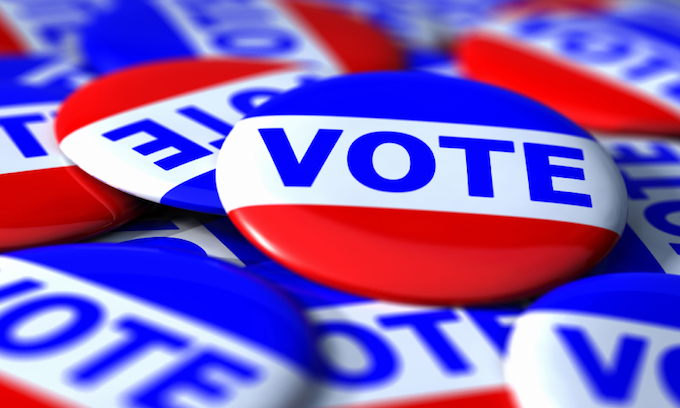
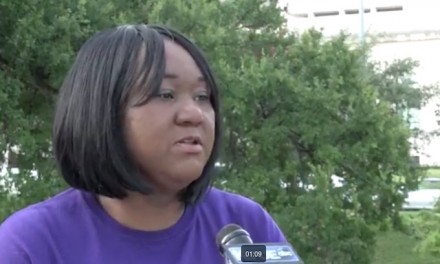
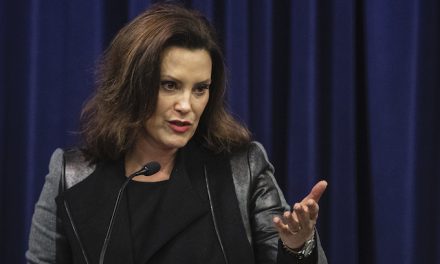
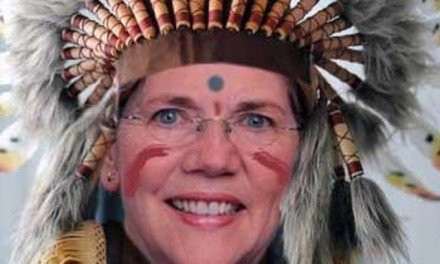
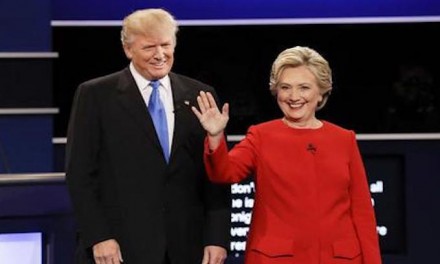






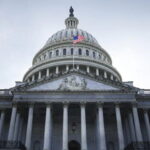
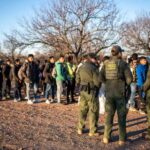
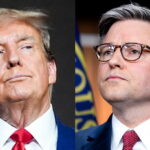

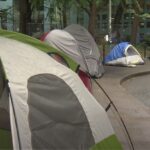
Recent Comments